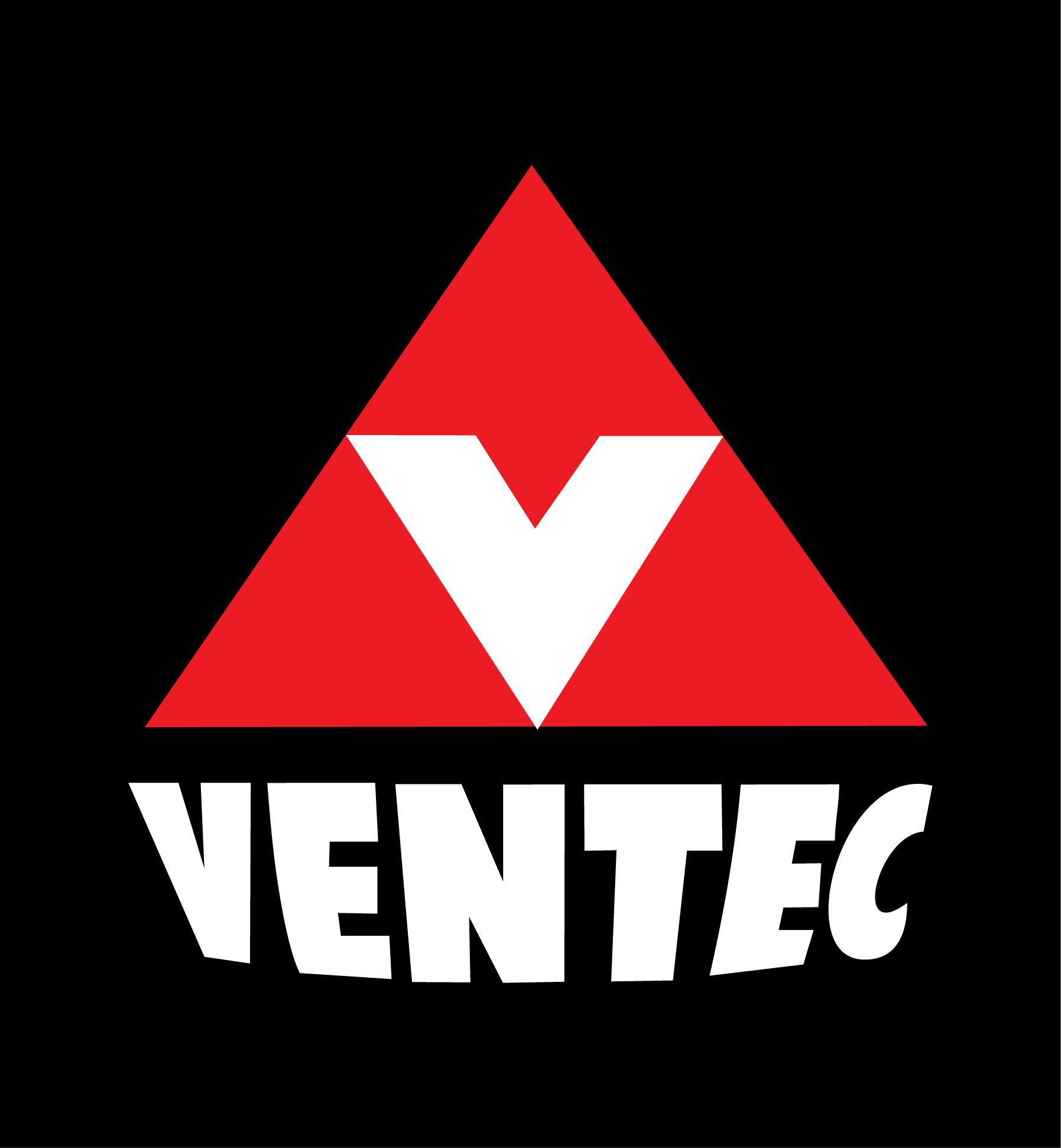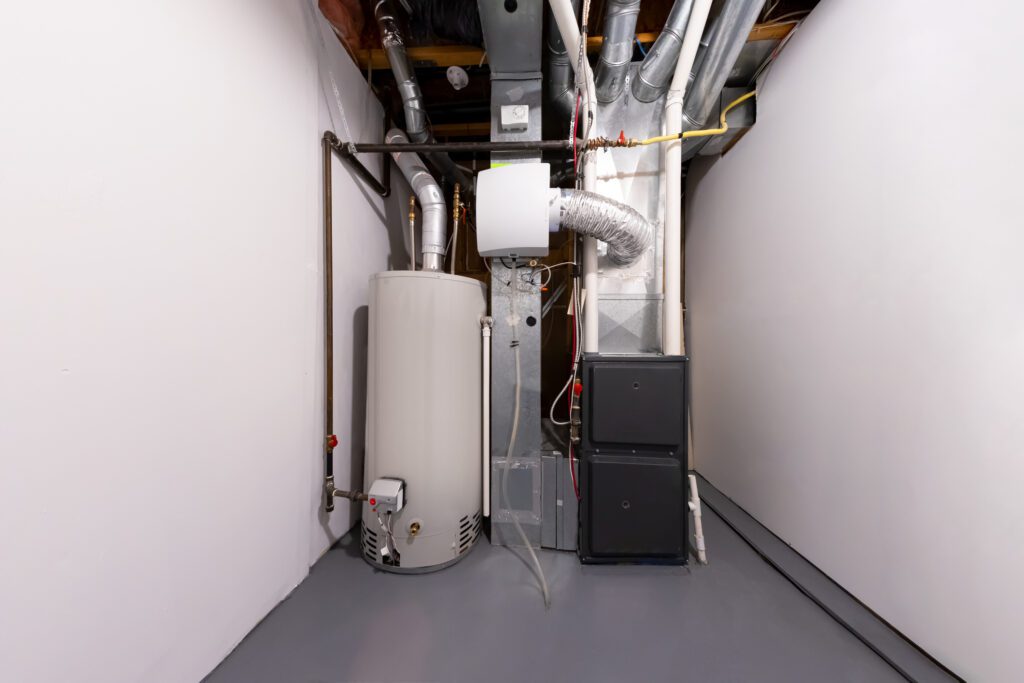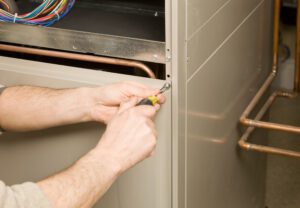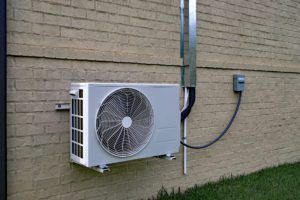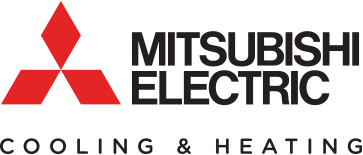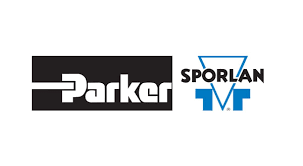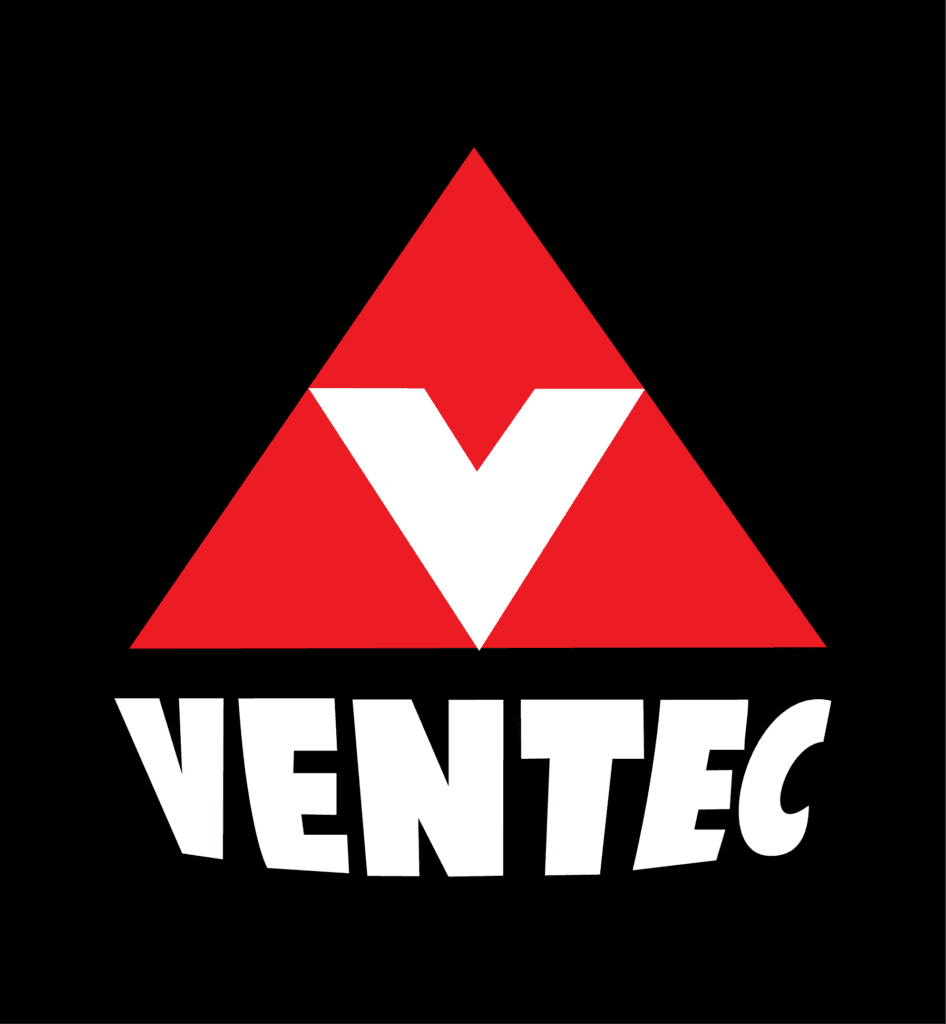What Are The Different Types of Residential Furnaces?
When it comes to residential furnace types, there are four common kinds: oil, natural gas, electric, and propane. Each type has its own benefits for your home, as well as varying costs, maintenance requirements, etc.
Types of Residential Furnace Fuel Types
The two main fuel types we recommend are:
Natural Gas
This is one of the most economical choices. A natural gas furnace is the most popular type of furnace in the U.S., with nearly half of American households using it as their energy source.
Electric
These tend to have a low initial cost and are easier to install. They also tend to last around ten years longer than gas furnaces. Keep in mind that electricity costs more than gas, so although the initial cost is lower, you will have higher energy bills.
Types of Residential Furnaces
Single Stage Furnaces
This type of furnace, also known as a single-speed furnace, has one stage of heat output, which is high. This furnace will only continually produce the maximum amount of heat that the furnace is designed for. There is an “on” speed and an “off” speed with no in-between, which can cause very high energy bills in the winter.
A one-stage standard furnace is equipped with a high-efficiency motor with a 95% efficiency rate.
This furnace offers dependable one-stage heating and will save 15% or more over an older 80% efficient Model.
One-Stage ECM Motor Furnace
With this type of furnace, you can save 25% on your electricity bill and enjoy a system that is 95% efficient.
The ECM (Electronic Control Motor) converts an A.C. current into a D.C. current and costs 25 % less to operate over a standard, highly efficient furnace. This furnace will adjust the speed of the motor to ensure optimal airflow and use less electricity.
Two Stage Furnaces
A two-stage or two-speed furnace is more efficient than a single-stage unit and is 96% efficient. You can save 60% on gas and 40% on electricity. The first stage of this furnace can run most of the time in the majority of climates, running at around 65% capacity. When the weather becomes colder, you will need to use the second stage to keep the home warm.
The two-stage furnace starts on the first stage, which is the lowest BTU output. If the thermostat desired temperature isn’t satisfied after a designated period of time, the furnace will then kick into a higher BTU and then start another cycle of heat. Again, a key advantage of this furnace is improved comfort with a more even distribution of heat due to the two-stage operation.
Two Stage with Variable Speed Furnace
This is a furnace that is equipped with a fan motor that can move at a different speed to control the amount of heat introduced into your home. This furnace runs at low, medium, or high speeds and is 96%+ efficient. Even if this furnace is set to “off,” it can still circulate the air throughout your home continually. This is a more efficient option for homeowners than the other types mentioned above.
The furnace adjusts at several speeds to provide a more even distribution of the heat by running for longer periods of time while consuming less energy. Some of the benefits include:
- Energy Efficient– A variable speed fan motor, when running at a reduced speed, will use about one-eighth the electricity required to run the motor at full speed. Variable Speed motor runs at the lower speed most of the time the furnace is running.
- Better Air Quality – Extended run times will circulate greater amounts of air being cleaned thru the furnace filter. Upgrading the furnace filter can increase the number of particulates being removed from the circulating air.
- Better Comfort Control – The various fan speeds running for longer periods of time will make it much easier for your furnace to maintain a more consistent temperature in your home. Conditioned air is delivered gradually and consistently rotating, providing additional comfort.
Communicating Furnaces
A communicating furnace is connected to the heat pump, air conditioner, and air handler through the same systems. This allows each piece of equipment that is connected to optimize its performance based on what the other systems are doing. This is the most efficient furnace option on the market.
Need Help Choosing a Furnace? VENTEC Refrigeration Can Help! If you need furnace repair to ensure continued warmth in the winter, we have your back.
Our expert team will help you choose the right type of furnace to meet your needs. Keep your home warm this winter by trusting the experts at VENTEC Refrigeration! Contact us today to learn more.
John O'Connor
Operations Manager
John worked at Ventec Refrigeration for a decade serving Western Pa's Refrigeration and HVAC needs as the Operations Manager at Ventec. He is now retired, but his impact and knowledge live on at Ventec.
